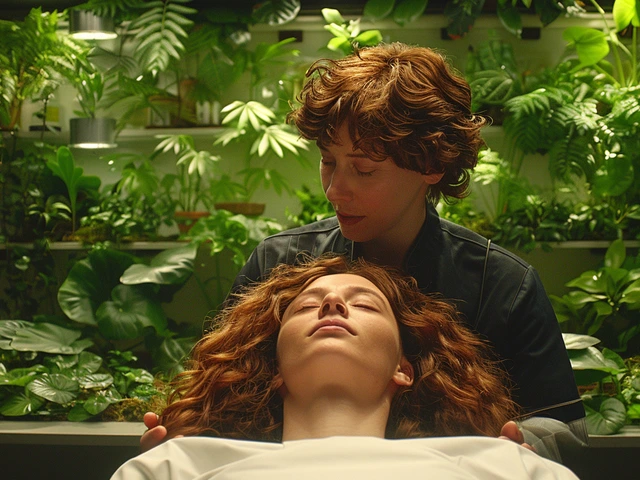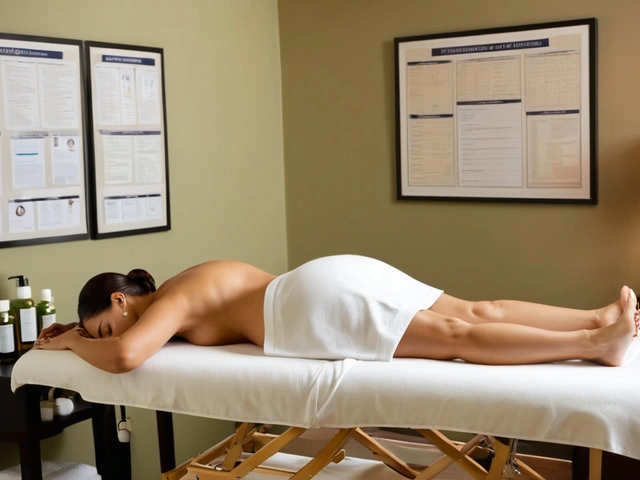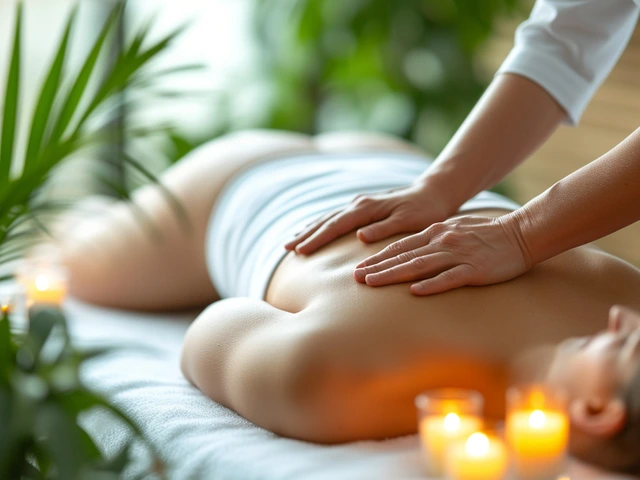The Surprising Health Benefits of Craniosacral Therapy
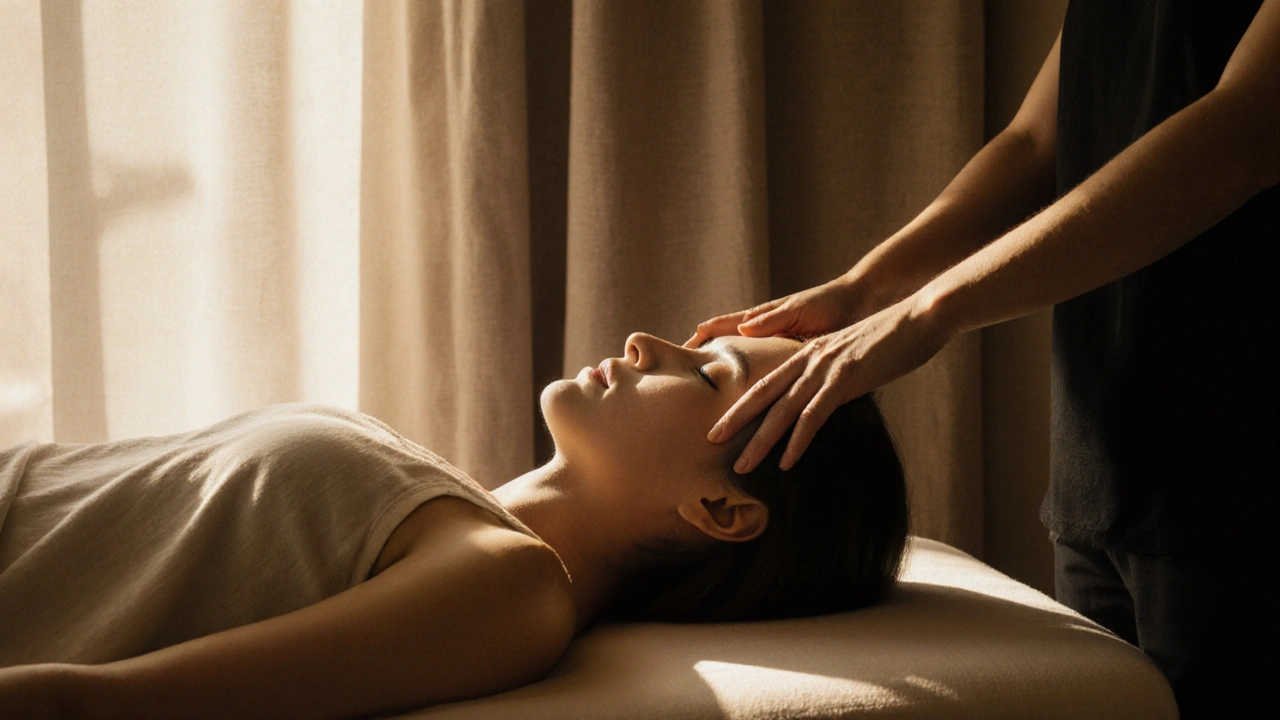
Migraine Relief Estimator
How It Works
Based on a 2020 clinical review of 12 studies, craniosacral therapy reduced migraine frequency by an average of 42% over eight weeks. This tool estimates how many migraines you might experience after treatment based on your current frequency.
Estimated Outcome
Your estimated monthly migraine frequency after 6 sessions would be approximately 0 migraines.
Based on clinical studies showing a 42% average reduction in migraine frequency after eight weeks of craniosacral therapy.
What You Might Experience
- Reduced intensity of migraines
- Less frequent need for pain medication
- Improved sleep quality
- Lower stress levels
- Greater sense of calm and emotional balance
Most people think of massage therapy as something that eases sore muscles or reduces stress after a long day. But craniosacral therapy-often called CST-does something quieter, deeper, and surprisingly powerful. It doesn’t crush your back or knead your shoulders. In fact, the therapist’s hands might barely touch your head, neck, or tailbone. And yet, people report feeling calmer, sleeping better, and even having fewer migraines after just a few sessions. How does something so gentle make such a big difference?
What Exactly Is Craniosacral Therapy?
Craniosacral therapy is a hands-on technique that focuses on the rhythm of cerebrospinal fluid-the clear liquid that surrounds your brain and spinal cord. Developed in the 1970s by osteopath John Upledger, it’s based on the idea that this fluid moves in a subtle, rhythmic pattern, like a tide. When your body experiences trauma-physical injury, emotional stress, even birth complications-this rhythm can get disrupted. CST practitioners use light pressure, often no heavier than the weight of a nickel, to help restore that natural flow.
It’s not acupuncture. It’s not chiropractic. It doesn’t involve cracking bones or deep tissue work. You stay fully clothed. The therapist sits beside you, usually on a massage table, and gently places their hands on your skull, spine, or sacrum. Sessions last about 45 to 60 minutes. Many people fall asleep. Others feel warmth, tingling, or a sense of deep release.
How It Affects Your Nervous System
Your nervous system is always on duty. Even when you’re resting, it’s scanning for danger, regulating your heart rate, digesting food, and managing stress. Chronic stress keeps it stuck in “fight-or-flight” mode. That’s when you feel anxious, tense, or burned out-even if nothing bad is happening.
Craniosacral therapy doesn’t fight that state. It invites your body to shift out of it. By gently supporting the rhythm of cerebrospinal fluid, CST helps activate the parasympathetic nervous system-the part responsible for rest, repair, and recovery. Think of it like hitting a reset button on your body’s stress response.
A 2021 study in the Journal of Bodywork and Movement Therapies found that participants with chronic stress who received six CST sessions showed measurable drops in cortisol levels and reported improved emotional regulation. Not everyone feels it right away, but many notice changes after the second or third session: less jaw clenching, quieter mind, deeper sleep.
Real Benefits People Experience
Here’s what actually happens for people who try craniosacral therapy-not what’s advertised online, but what they report in follow-up interviews and therapy logs:
- Reduced headaches and migraines: A 2020 clinical review of 12 studies showed that CST reduced migraine frequency by an average of 42% over eight weeks. One woman in the study, a teacher with daily tension headaches, went from 20 headaches a month to just three after six sessions.
- Better sleep: People with insomnia often describe feeling “wired but tired.” CST helps quiet the overactive mind. One man, a veteran with PTSD, started sleeping through the night after three sessions-something he hadn’t done in 15 years.
- Less chronic pain: Whether it’s lower back pain, fibromyalgia, or neck stiffness from sitting at a desk all day, CST doesn’t force muscles to relax. It helps the nervous system stop screaming for protection. Many report pain lessening even when imaging shows no structural change.
- Improved digestion: The gut and brain are wired together. When your nervous system calms down, digestion improves. People with IBS or bloating often notice fewer flare-ups after CST, even without dietary changes.
- Emotional release: It’s not psychotherapy, but it can unlock buried emotions. Some people cry during or after a session. Others feel lighter, as if a weight they didn’t know they were carrying has been lifted.
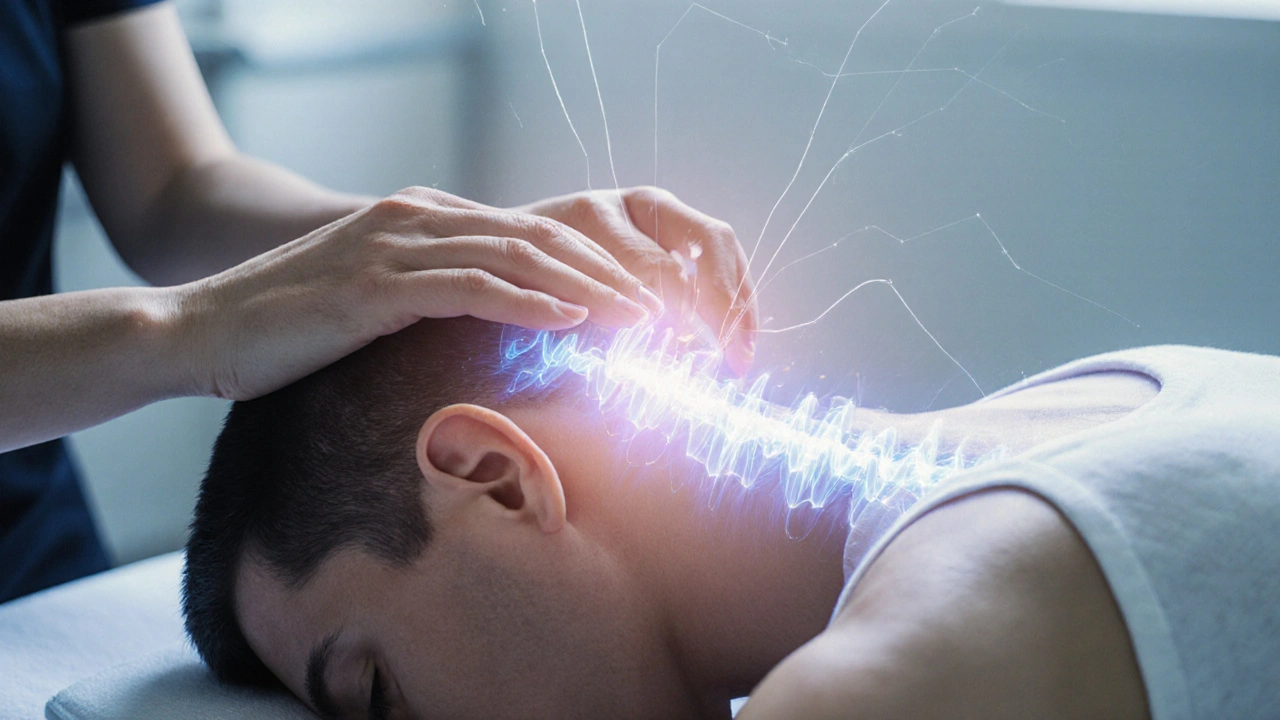
Who Can Benefit-and Who Should Skip It?
Craniosacral therapy is safe for almost everyone: newborns, pregnant women, seniors, people with chronic illness. It’s gentle enough for those too fragile for deep massage or chiropractic adjustments.
But it’s not a cure-all. If you have:
- Recent head trauma or skull fracture
- Brain aneurysm or severe intracranial pressure
- Active bleeding disorders
…you should avoid it. Always check with your doctor if you’re unsure. CST is complementary-it works alongside medicine, not instead of it.
It’s also not for people expecting instant miracles. Some feel changes after one session. Others need four to six. Consistency matters more than intensity.
How to Find a Qualified Practitioner
There’s no single licensing body for CST, so quality varies. Look for practitioners certified by the Upledger Institute or the Craniosacral Therapy Association. These organizations require 70+ hours of hands-on training and ongoing education.
A good practitioner won’t promise cures. They’ll explain what CST does (and doesn’t do). They’ll ask about your medical history. They won’t pressure you into packages. Trust your gut-if something feels off, walk away.
Most sessions cost between $70 and $120, depending on location. Some wellness centers offer sliding scale rates. Insurance rarely covers it, but a growing number of health savings accounts (HSAs) now allow CST as a qualified expense.
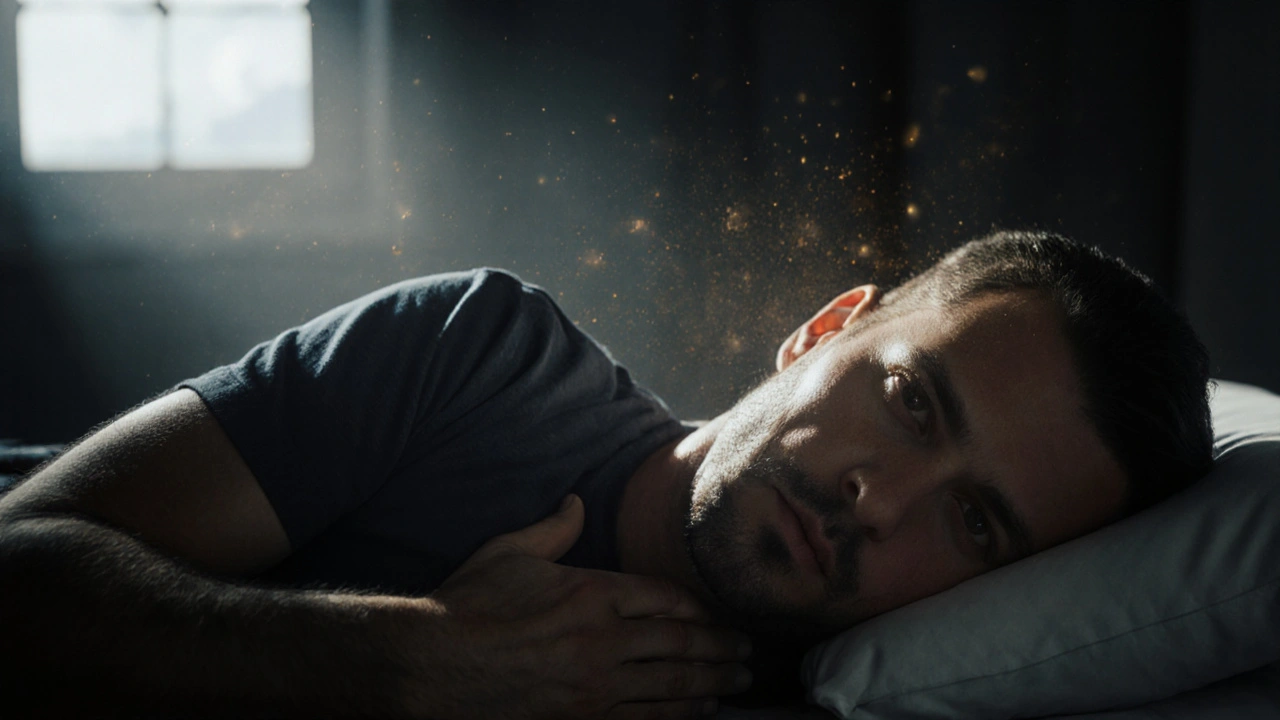
What to Expect During Your First Session
Arrive in loose clothing. You’ll lie on a table, fully clothed. The therapist will ask about your health, stress levels, and what you hope to get from the session. Then they’ll place their hands lightly on your head, feet, or spine. You might feel:
- A subtle pulsing under their hands
- Warmth or tingling in your neck or lower back
- Emotions rising-sadness, relief, even joy
- Nothing at all-and that’s okay too
Afterward, you might feel deeply relaxed-or a little lightheaded. Drink water. Rest. Avoid caffeine or intense exercise for the next few hours. Some people say they feel “more themselves” the next day.
Why It Works When Other Therapies Don’t
Many therapies target symptoms: painkillers for headaches, antidepressants for anxiety, physical therapy for back pain. CST targets the root: your nervous system’s ability to regulate itself.
It doesn’t fix broken bones or replace surgery. But for people stuck in chronic stress, unexplained pain, or emotional fog, CST offers something rare: a space where the body can heal without being forced.
It’s not magic. It’s biology. Your body has always known how to heal. Sometimes, it just needs a quiet, gentle reminder.
Is craniosacral therapy scientifically proven?
There’s growing evidence that CST affects the nervous system, reduces stress hormones, and helps with chronic pain and migraines. Studies are still limited in size, but clinical observations and patient reports are consistent. It’s not a cure-all, but it’s one of the few therapies with measurable physiological effects-even when the touch is incredibly light.
Can craniosacral therapy help with anxiety?
Yes. Many people with anxiety find CST helps them feel grounded. It doesn’t replace therapy or medication, but it calms the nervous system’s overreaction to stress. People often report feeling less reactive, more present, and less overwhelmed after sessions.
Does craniosacral therapy hurt?
No. It’s designed to be gentle. The pressure is light-often less than 5 grams. Some people feel warmth, tingling, or emotional release. Pain is not normal. If you feel discomfort, tell your practitioner immediately.
How many sessions do I need?
It depends on your goals. For stress relief, 2-3 sessions may be enough. For chronic pain or long-term trauma, 6-10 sessions over several weeks are typical. Some people continue monthly for maintenance. Listen to your body-not a sales pitch.
Can children and babies receive craniosacral therapy?
Yes. Many practitioners specialize in infant CST. It’s used to help with colic, feeding difficulties, sleep issues, and birth trauma. The touch is even lighter than for adults-often just a fingertip on the baby’s skull. Parents often report calmer babies and improved feeding after just one or two sessions.


